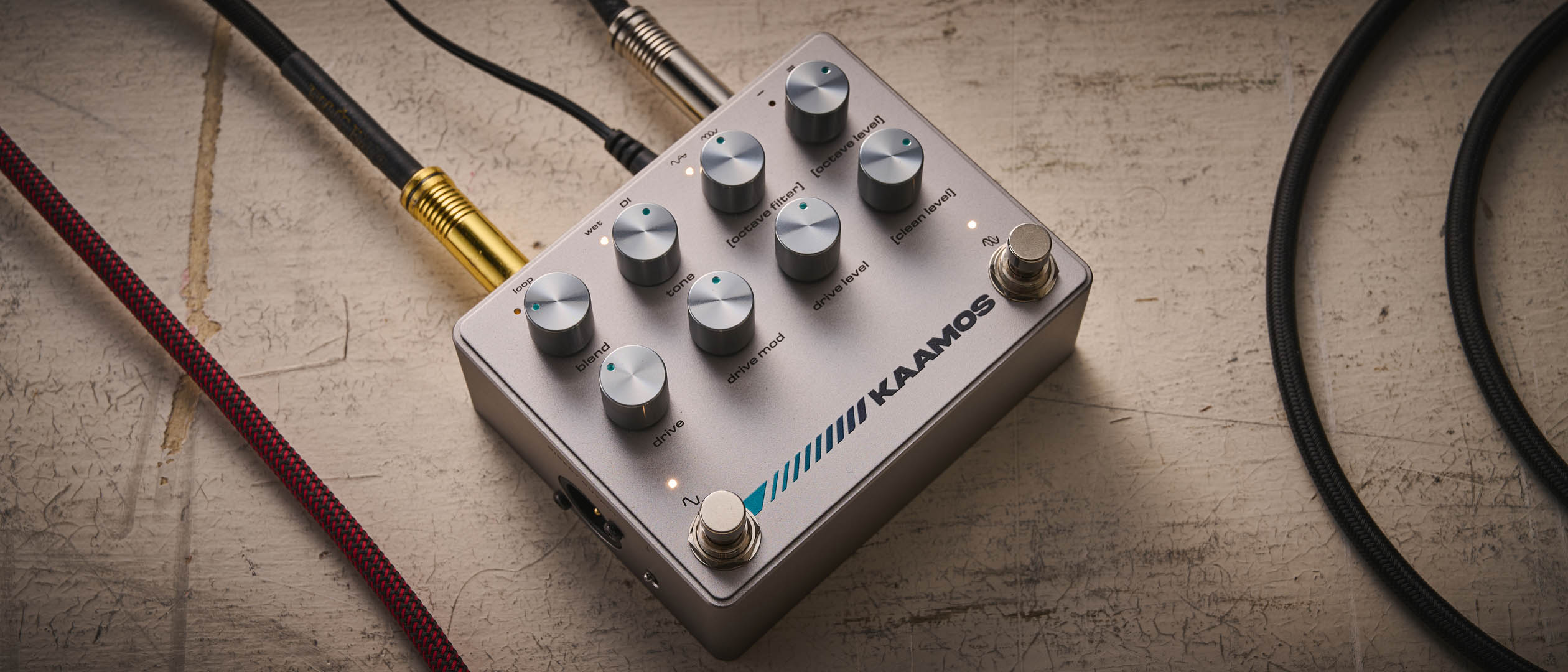MusicRadar Verdict
The Kaamos is a seriously interesting new player in the bass overdrive market, with its superb octave circuit bringing a new level of tone-shaping possibilities and its clever circuit design allowing you to integrate both drive and octave into your sound however you choose.
Pros
- +
A convenient and high-quality dual-purpose pedal.
- +
Superb octave tones and warm, amp-like overdrive.
- +
Very clever circuit design which boosts flexibility.
Cons
- -
The Tone control could have more on tap.
- -
It's a lot of pedal, but it's also a lot of money.
MusicRadar's got your back
What is it?
Over the last decade or so, Darkglass has risen in status to become the de facto industry leader in bass overdrive and distortion.
The Microtubes range, in particular the B7K preamp, became foundational to modern distorted bass guitar sounds. From there, Darkglass has consistently innovated, building on its legacy to create even more advanced and interesting bass effects pedals.
That leads us here, to the Kaamos. Developed in conjunction with sessionman Amos Heller, best known for his lengthy career with Taylor Swift, this pedal promises the famed Darkglass overdrive sound combined with an octaver.
Pragmatic, given Heller’s own assertion that on many pro-level boards, octave and overdrive pedals often sit close in the signal chain. At £389, the Kaamos is a pricey proposition, but when you consider its premium positioning, dual-purpose nature and sonic capabilities, it starts to make sense.
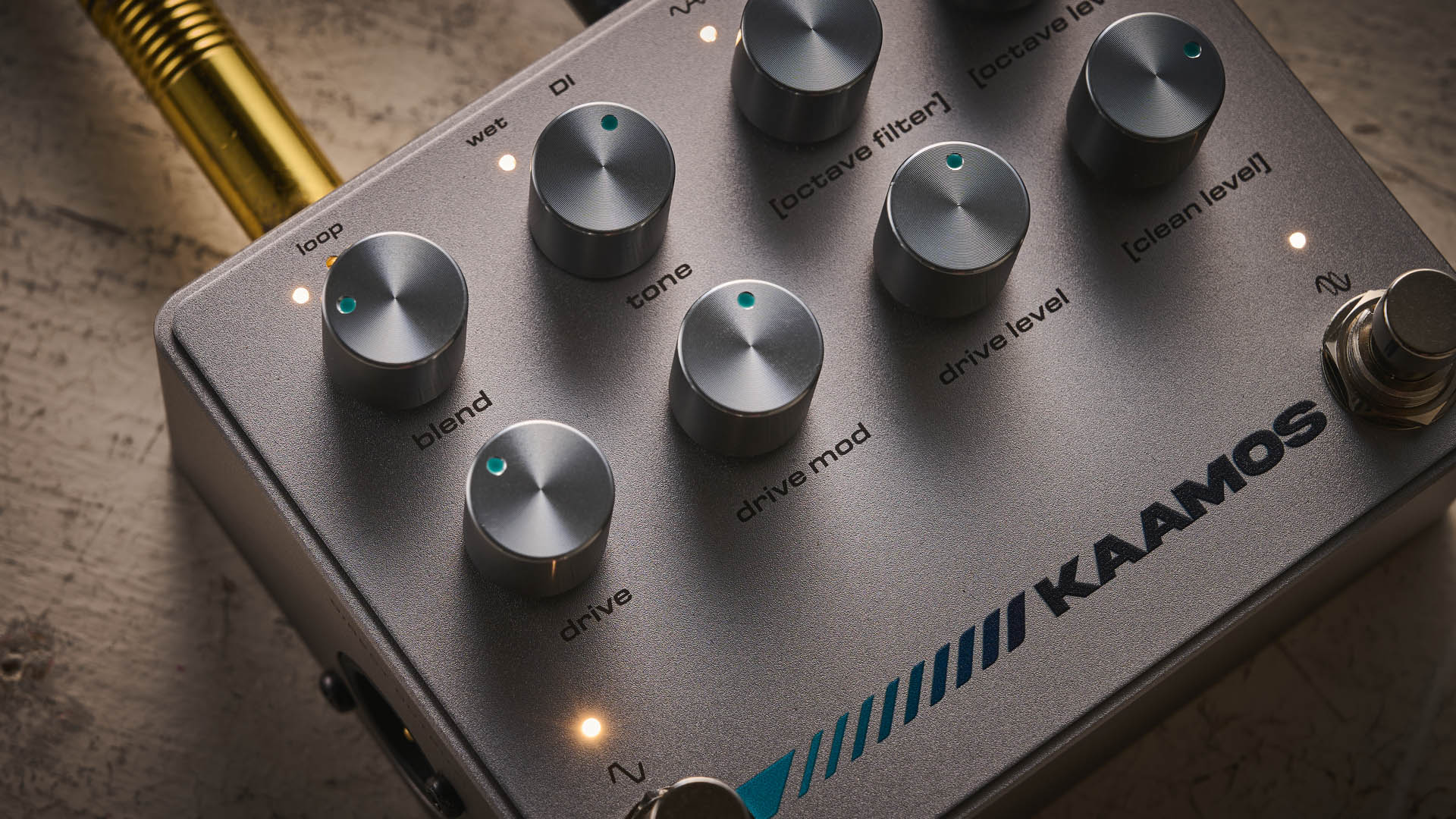
Specs
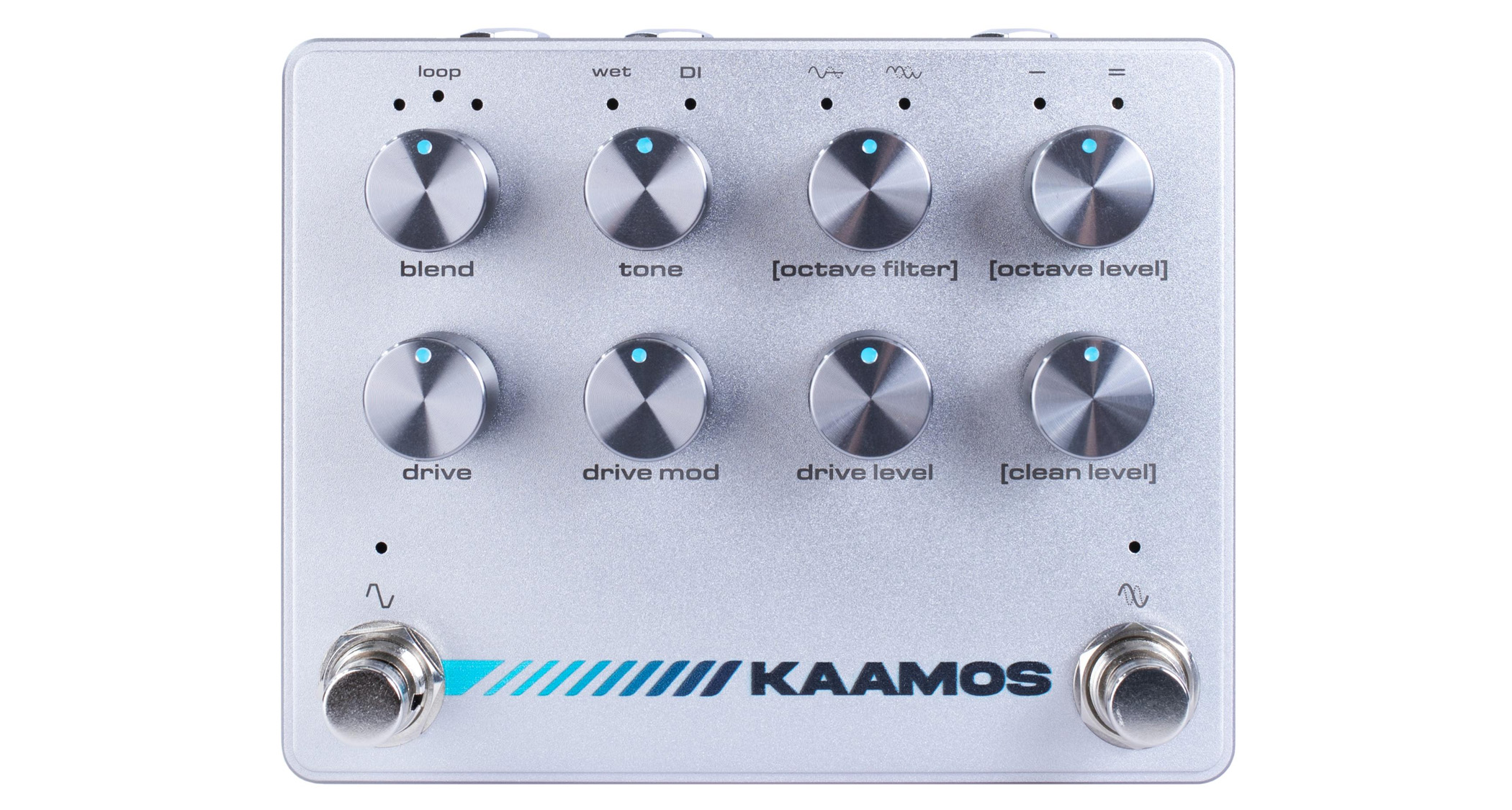
- Price: $499/£389/€459
- Type: Bass distortion and octaver
- Made: Finland
- Controls: Overdrive - Blend (+ loop position), Drive, Tone (+ wet/dry), Drive Mod, Drive Level. Octave - Octave Filter (+ filter preset), Octave Level (+ series/parallel), Clean Level. Overdrive footswitch, Octave footswitch, ground/lift toggle for XLR out
- Connectivity: 1/4" instrument input, 1/4" output, 1/4" Sub output, Effects Send, Effects Return, XLR direct output
- Bypass: Switchable
- Power: 9V DC, 400mA
- Dimensions: 125x96x56mm
- Weight: 480g
- Options: N/A
- Contact: Darkglass Electronics
Build quality
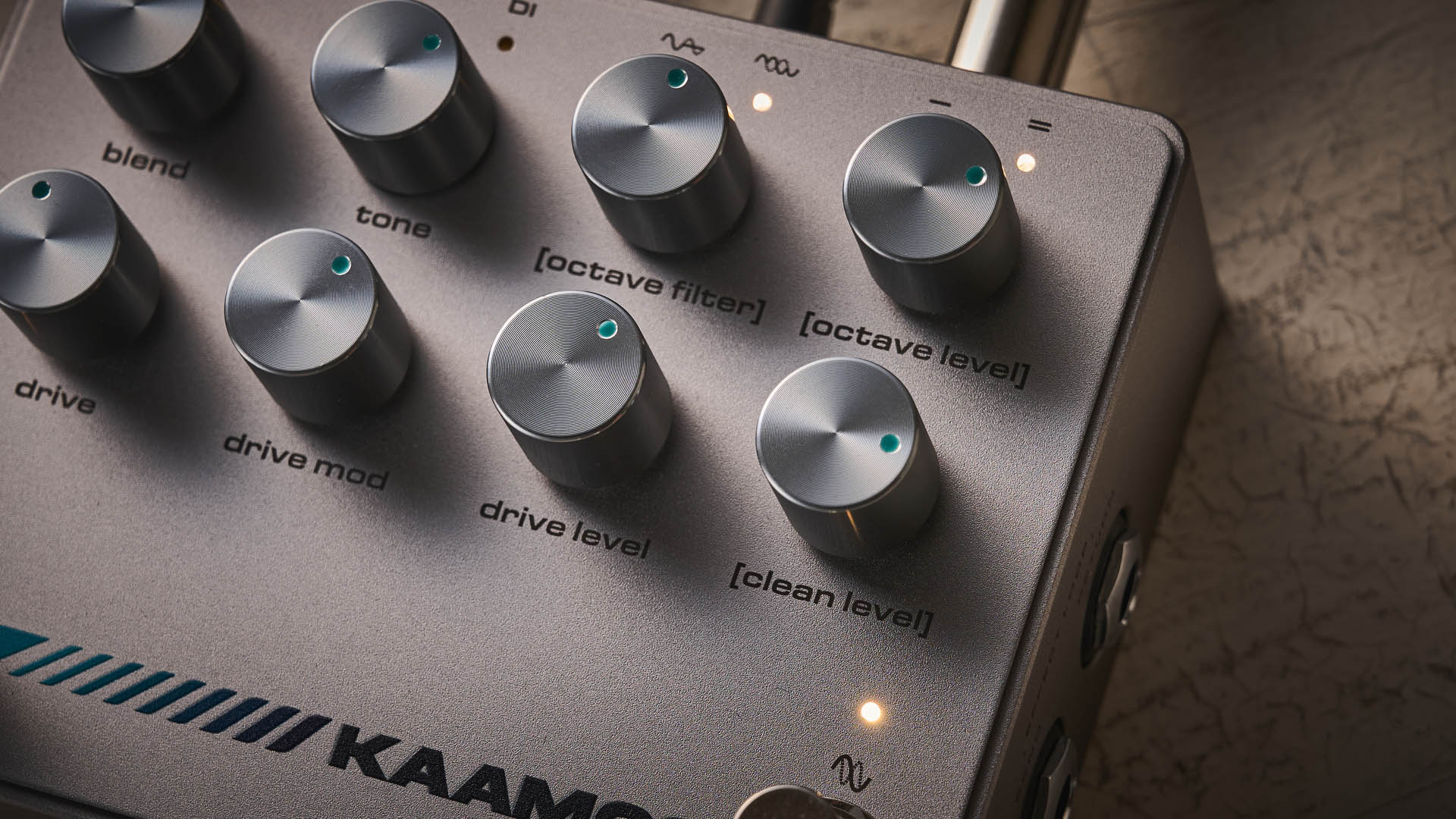
Build quality rating: ★★★★★
It certainly isn’t wanting for material quality – housed in a sturdy enclosure with an understated, premium aesthetic, there are soft-touch footswitches (on the left for drive, and on the right for octave) and the knobs turn with a reassuring, well-damped weight.
Those eight pots – five for the overdrive circuit and three (helpfully labelled in square brackets) for the octave - also conceal extra utility. Each knob on the upper row is also a push-button, controlling various other key functions.
Want all the hottest music and gear news, reviews, deals, features and more, direct to your inbox? Sign up here.
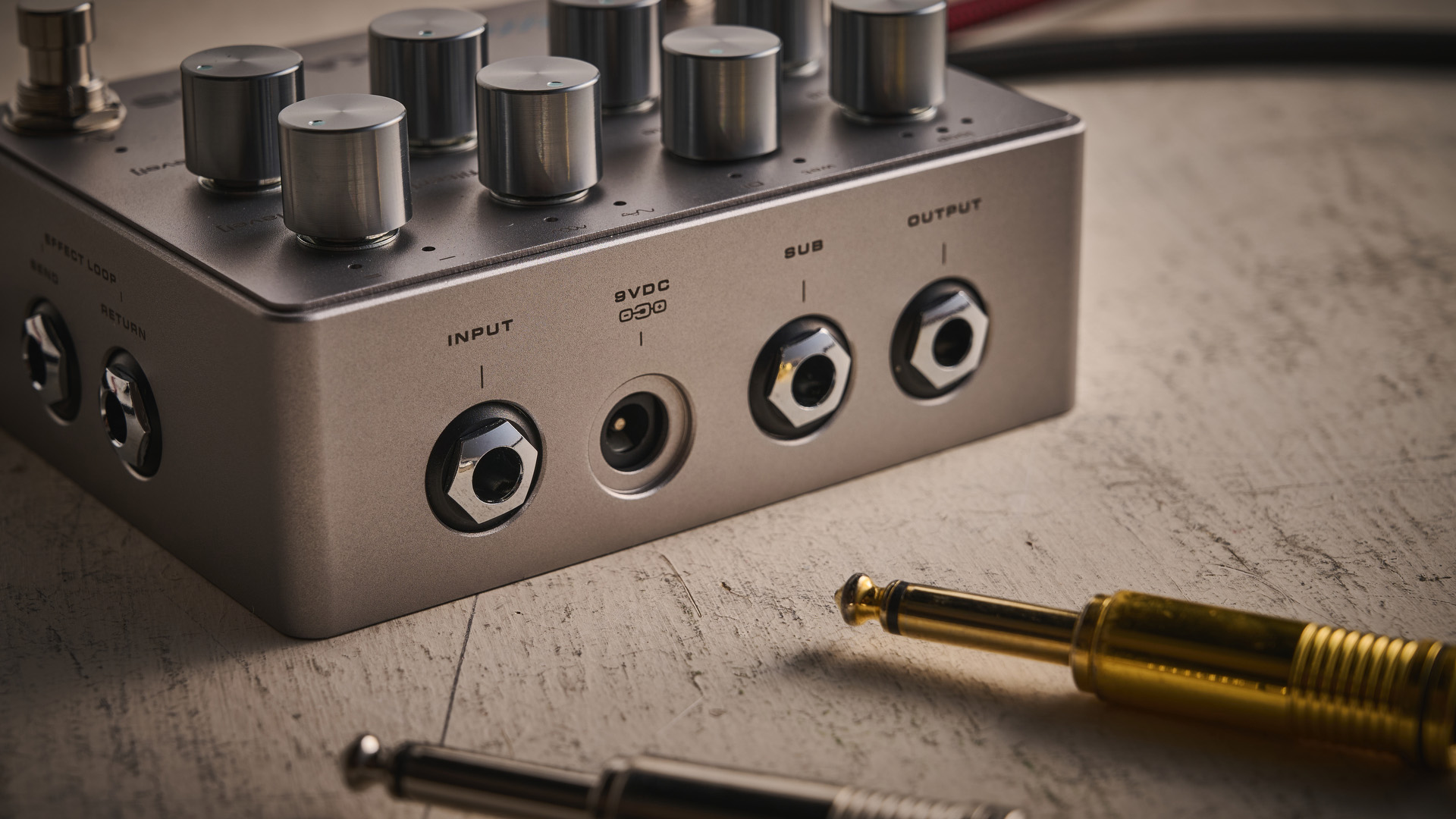
Usability
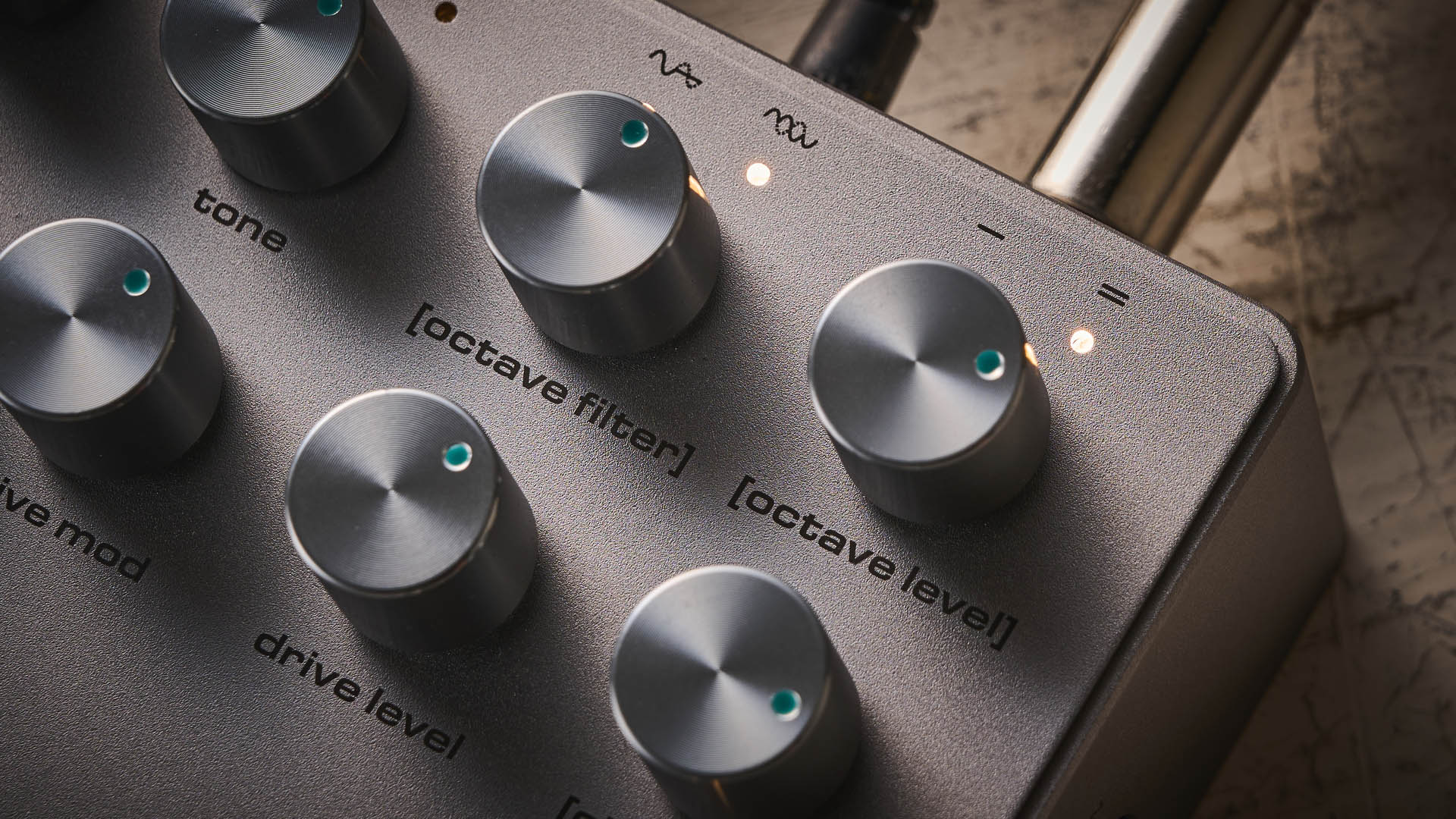
Usability rating: ★★★★½
There are a lot of controls, but to Darkglass’s credit, the Kaamos isn’t difficult to set up and use
Pressing the Blend knob cycles between three settings, determining where the pedal’s inbuilt effects loop sits in the circuit, allowing great flexibility with external pedals. Turning the same control, as one might expect, adjusts how much of the overdriven signal is mixed in.
Pressing the overdrive Tone control selects whether wet or dry signal is sent to the XLR output - opening up more possibilities for signal splitting, also allowing the Kaamos to be used as a clean DI if necessary. There’s also another jack for splitting the octave out to another signal chain entirely.
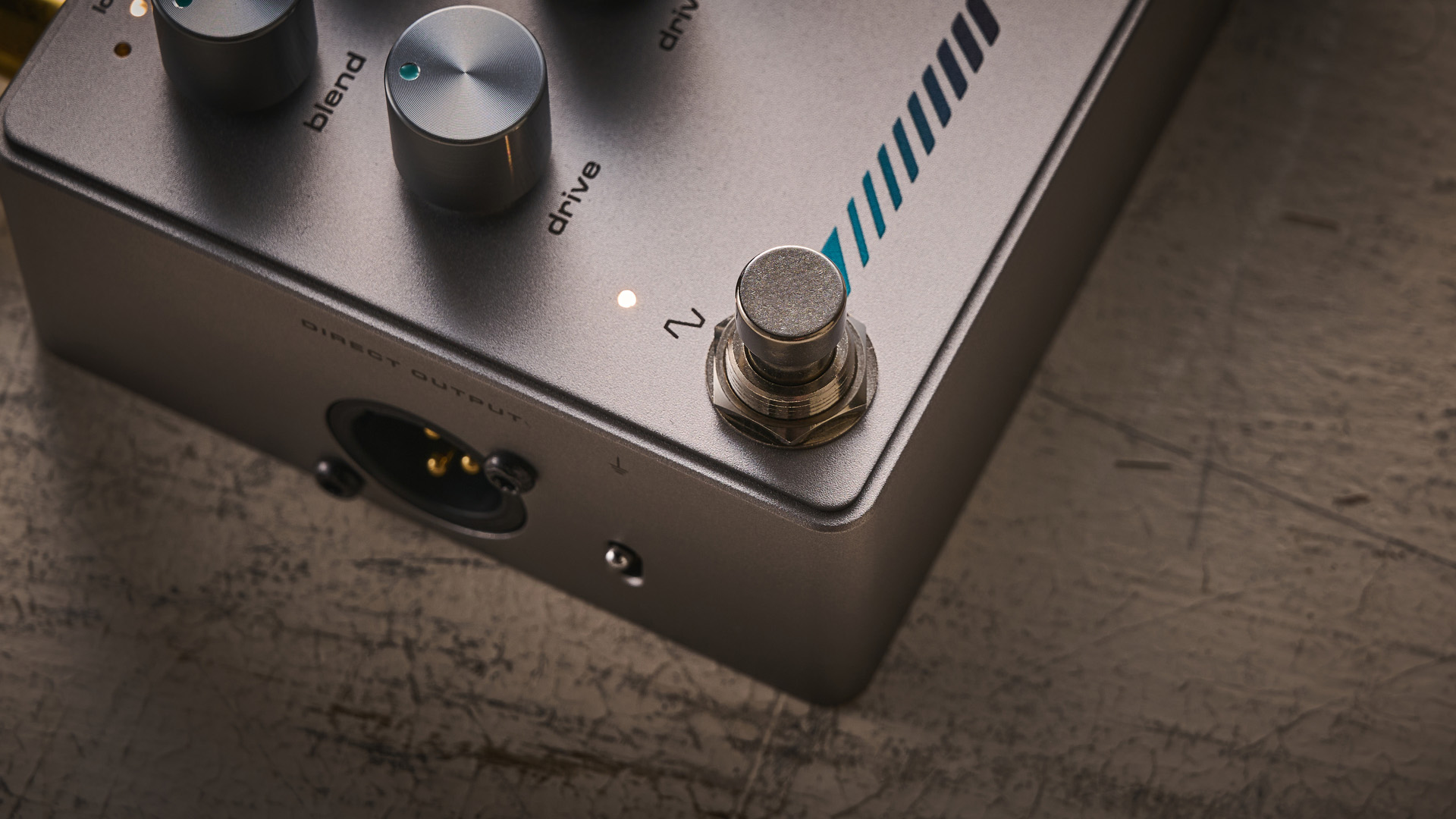
The Octave Filter knob, when turned, adjusts the low-pass frequency and, when pressed, it cycles between three different types of filter. These are Sublime and Sublemon (very droll) – two varieties of monophonic octave – and the polyphonic Subcitri. All three have their different characters and uses – there’s much fun to be had in experimenting.
Finally, pressing the Octave Level knob determines whether the octave signal is in series or parallel with the driven signal - series for doom-laden growl and parallel for a cleaner, more defined sound.
A lot of controls, then – but to Darkglass’s credit, the Kaamos isn’t difficult to set up and use.
Sounds
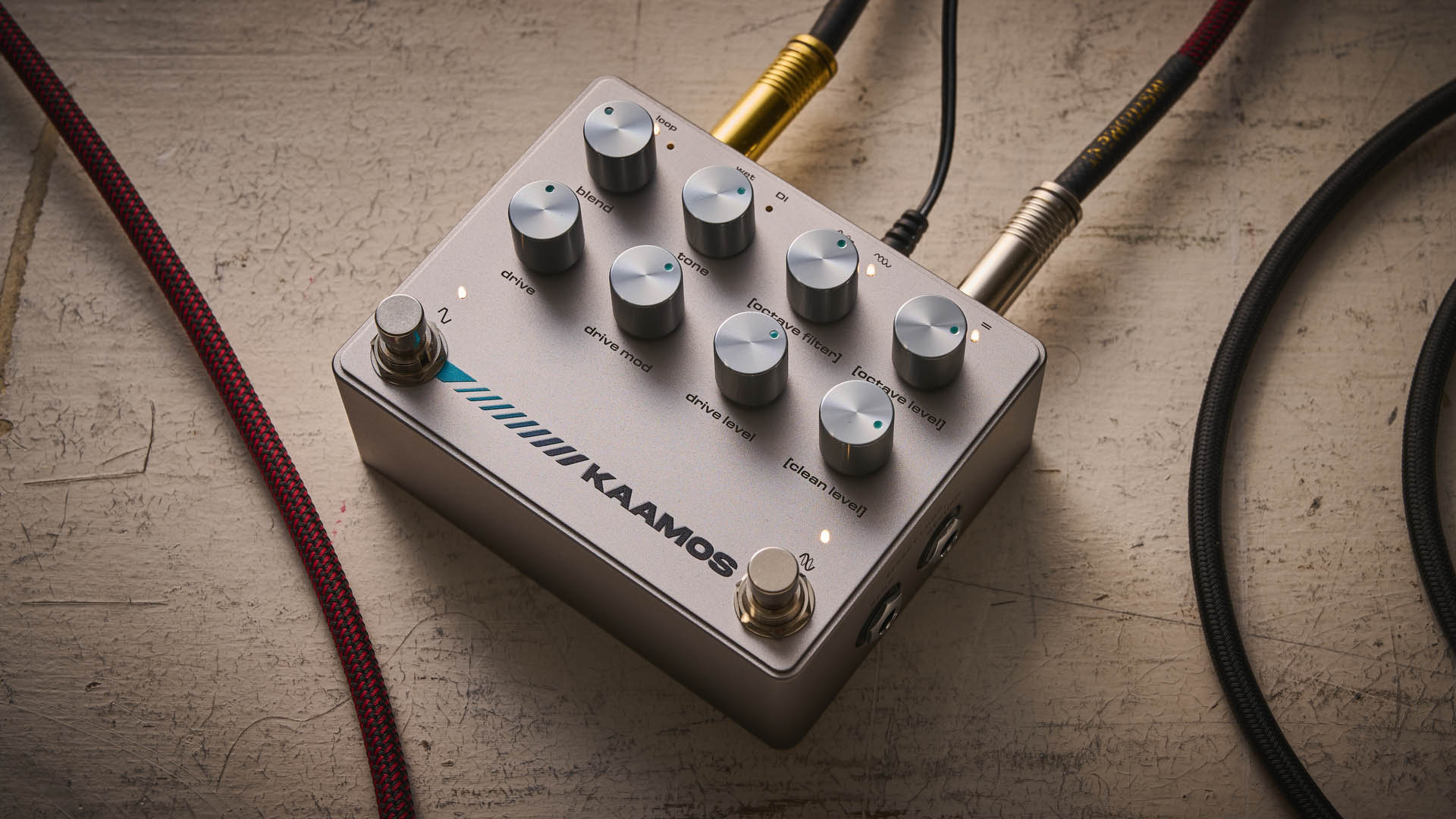
Sounds rating: ★★★★☆
I tried the Kaamos into my Line 6 HX Stomp-based board (running a clean Gallien-Krueger emulation) using the standard jacks, as well as trying it directly into a full-range monitor, using the XLR output. I used a variety of basses – my P-style 1983 Ibanez Roadstar, Yamaha BB and five-string Warwick Thumb.
Balancing the Drive, Drive Level and Blend knobs allows for near-infinite control over gain and volume, although it can take some dialling-in to achieve the exact sound you’re after.
The Drive Mod control pans from a tighter distortion into a fuzzy growl, per Darkglass’s established Alpha/Omega range - those expecting a percussive modern metal beatdown in line with the company’s original Microtubes range might not find what they’re after here.
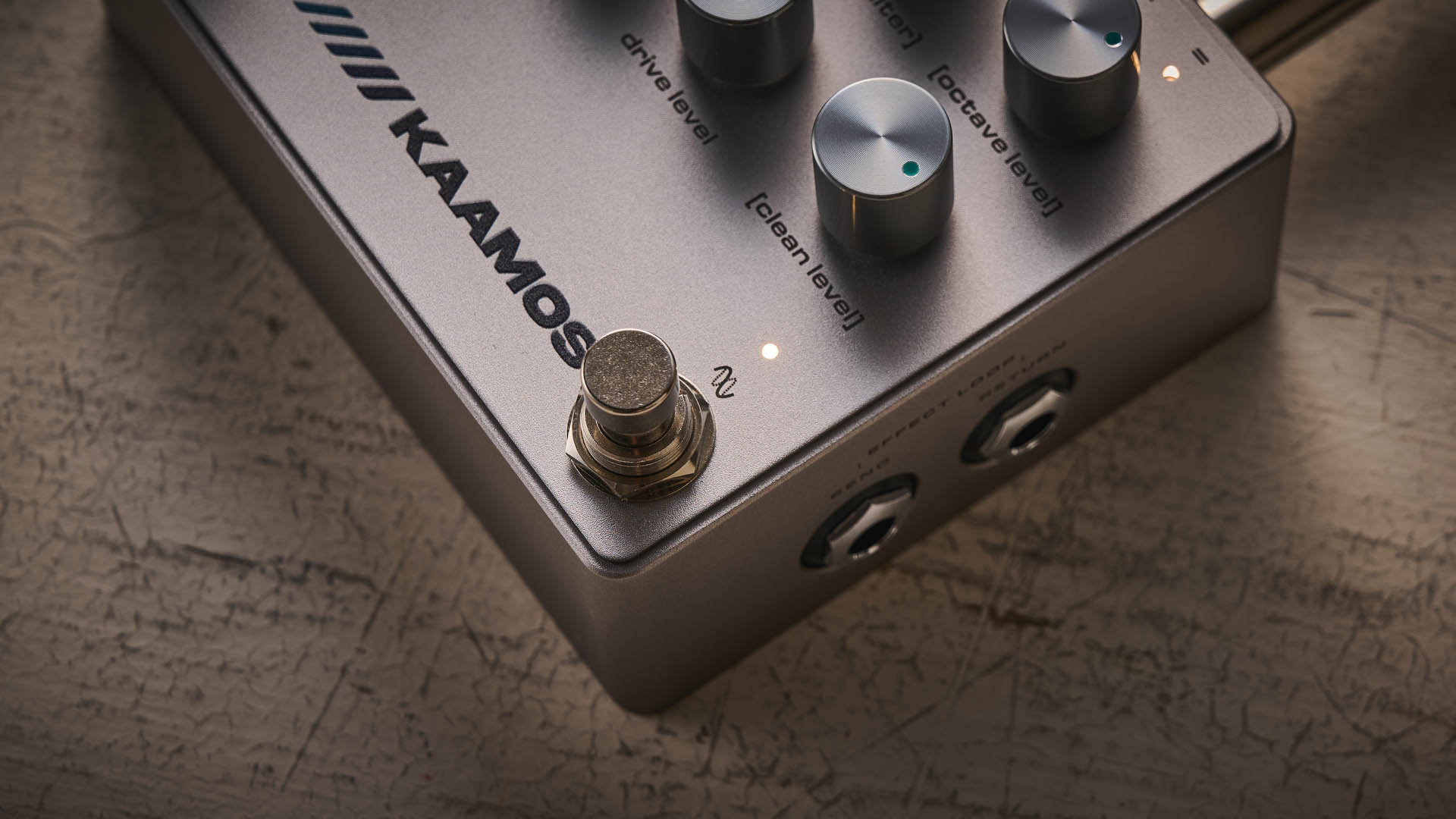
This is warmer, more amp-like, albeit with a shedload of gain on tap for those who want it. It’d be useful to have more headroom on the Tone control though, as only on the highest settings does it seem to break into the glassy definition the company’s fans might expect.
In the octave circuit, though, the Kaamos’s unique appeal comes out. The degree of control over the pitch-shifted signal is a real strength - the series/parallel switch is clever by itself, but combined with the multiple filter settings, the combinations are endless.
It can be clear and defined, it can be a growling rock sound to fill out space in a mix, or it can turn into a fuzzy, synth-like wall of sound. There’s superb tracking and tonal quality, and enough control to achieve more or less any octave tone desired.
Verdict
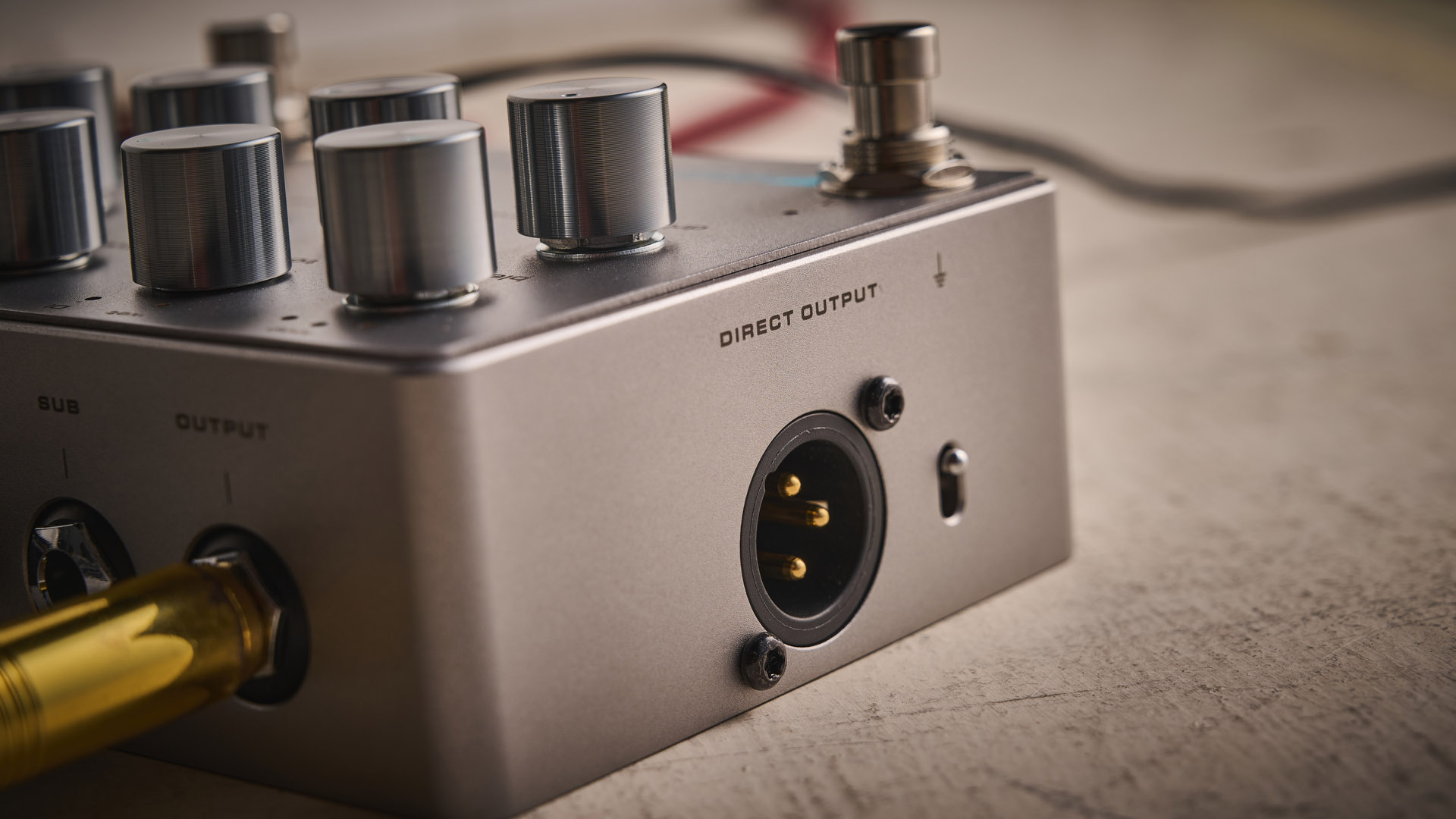
What we have here is very useful - by combining a versatile overdrive and a high-quality octaver, the Kaamos fits two pedalboard staples into a single, sensibly-sized box.
Whether or not its particular overdrive voice is to your taste, the pedal covers an awful lot of ground, and it doesn't really have much in the way of direct competition.
It's certainly not cheap, but given its utility, sonic flexibility and the quality of its design and build, it could be argued that it still offers good value
It's certainly not cheap, but given its utility, sonic flexibility and the quality of its design and build, it could be argued that it still offers good value.
MusicRadar verdict: The Kaamos is a seriously interesting new player in the bass overdrive market, with its superb octave circuit bringing a new level of tone-shaping possibilities and its clever circuit design allowing you to integrate both drive and octave into your sound however you choose.
Test | Results | Score |
|---|---|---|
Build quality | Summary of why | ★★★★★ |
Usability | Summary of why | ★★★★½ |
Sounds | Summary of why | ★★★★☆ |
Overall | Summary of why | ★★★★½ |
Also try
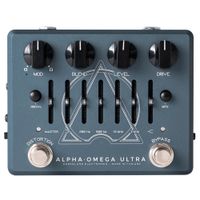
Darkglass Alpha/Omega Ultra
Price $499/£399/€459
If you can do without the octave, this Darkglass preamp offers far deeper control over the distortion circuit.
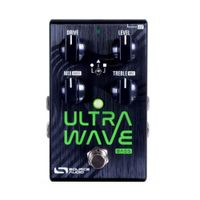
Source Audio Ultrawave Bass
Price $249/£249/€269
This processor leans more heavily into synth territory, with the potential for octave, brutal distortion and much more.
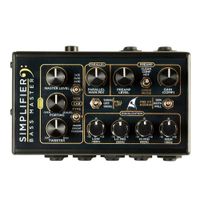
DSM & Humboldt Simplifier Bass Master
Price $359/£369/€
billed as an all-in-one solution for bass tone, with a three-mode preamp and a dizzying number of connection options.
Hands-on videos
Darkglass Electronics
Amos Heller
Nate Navarro
Connor Flys is a guitarist and bassist for everything from modern country to extreme metal, and the self-styled "supermarket own-brand Steve Lukather" in an acclaimed UK-based Toto tribute band. He is also an utter gear obsessive - with an ever-growing collection of guitars and pedals, and a faintly unsettling knowledge of Ibanez model codes.
You must confirm your public display name before commenting
Please logout and then login again, you will then be prompted to enter your display name.
